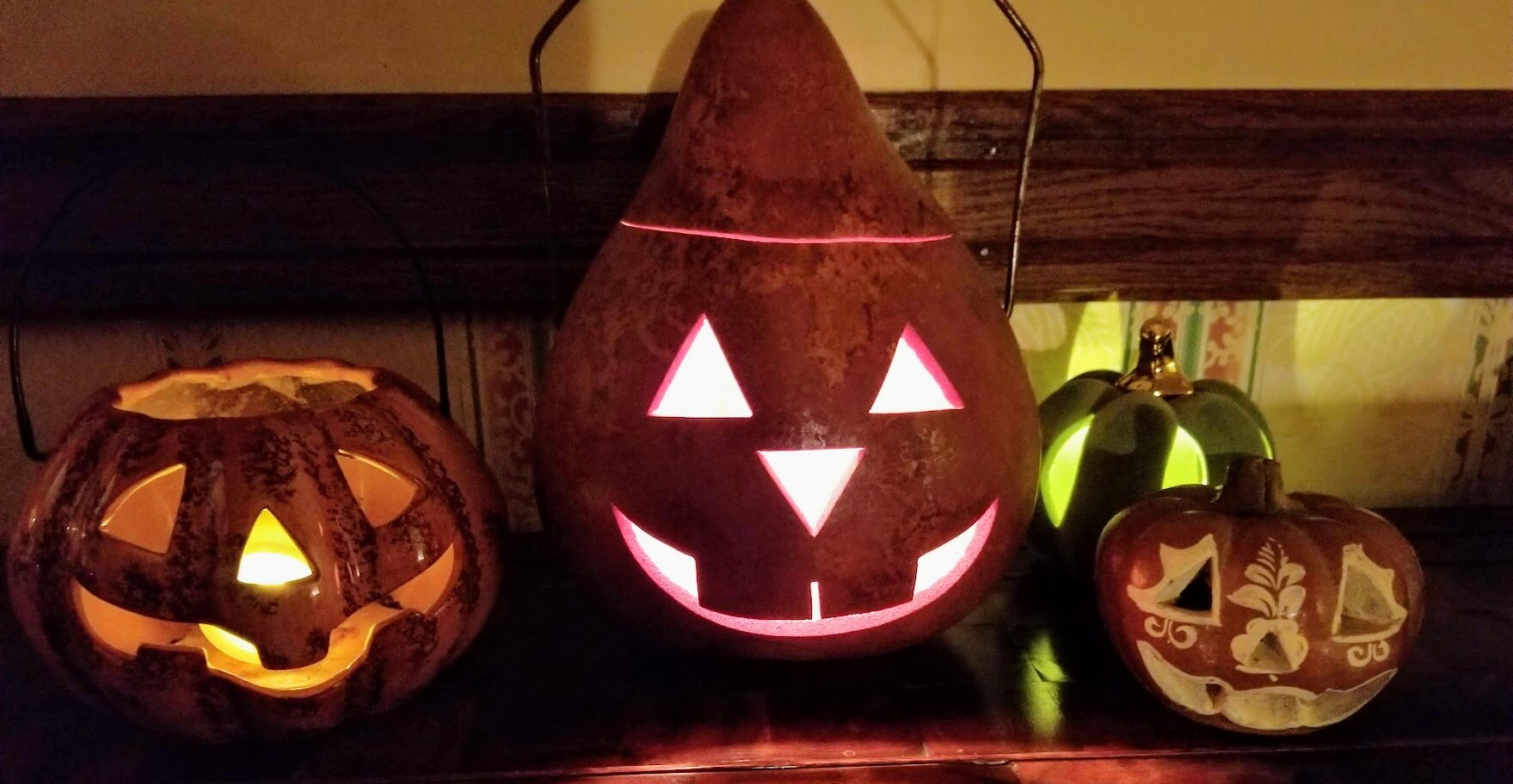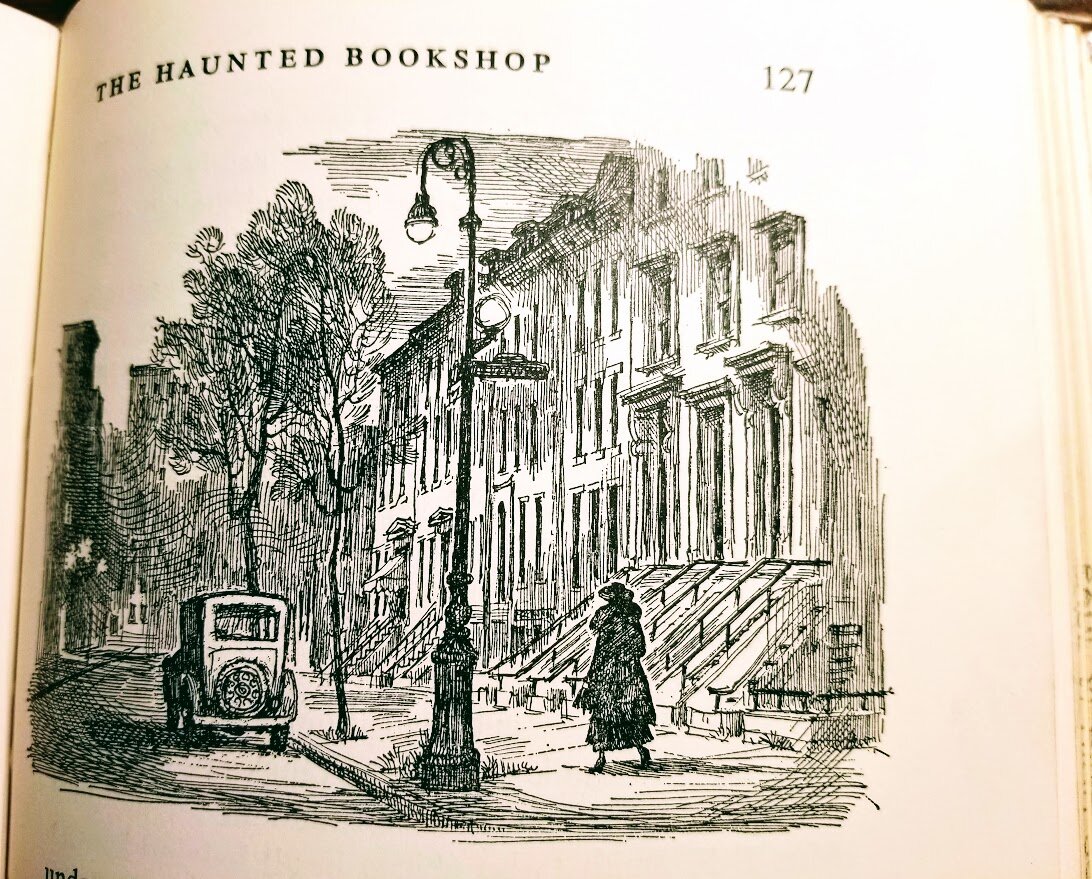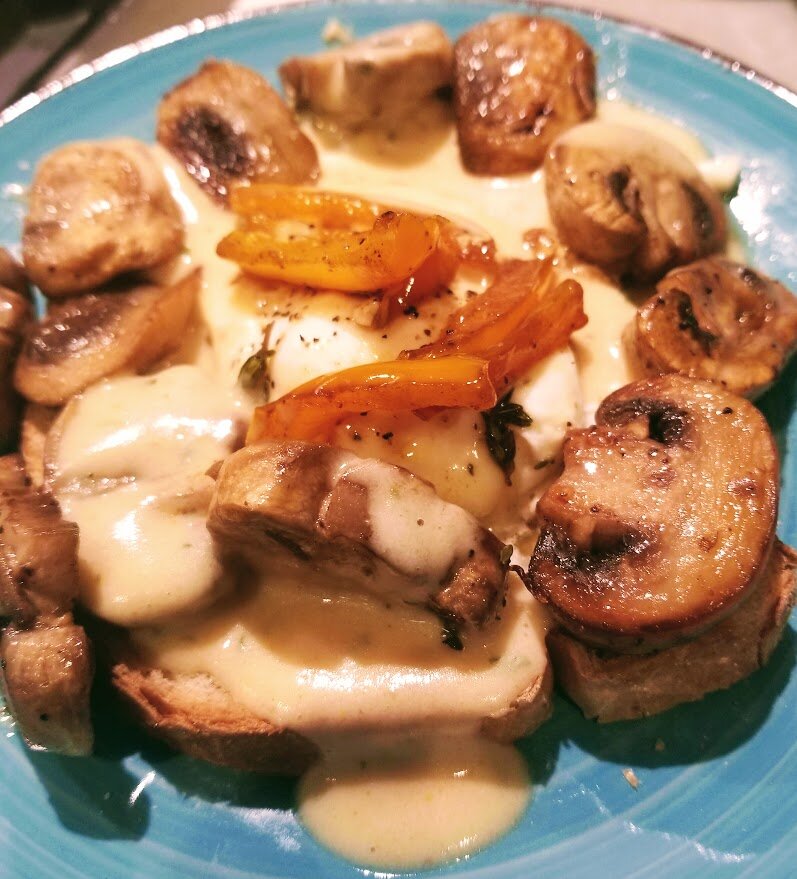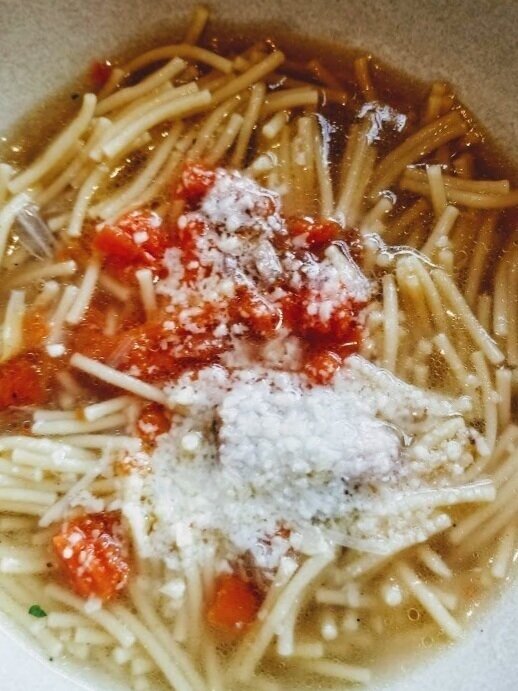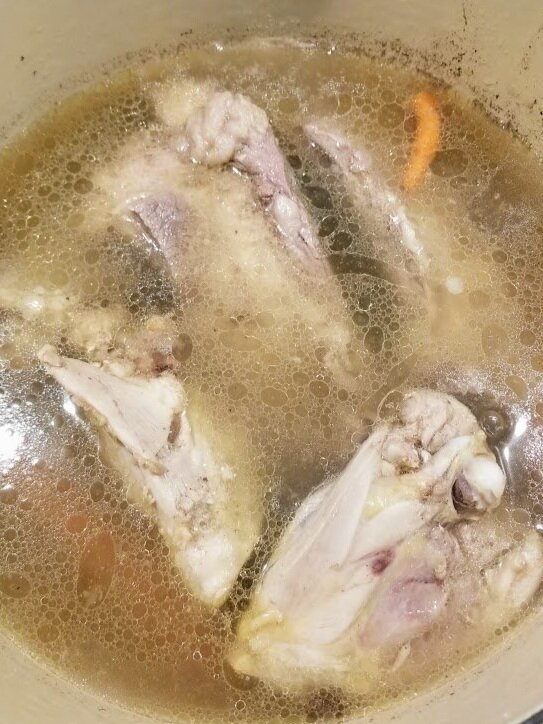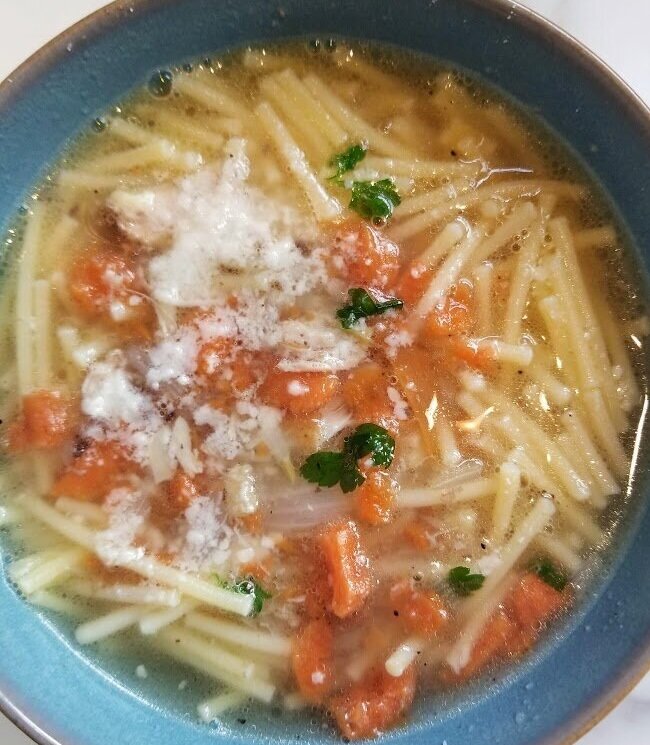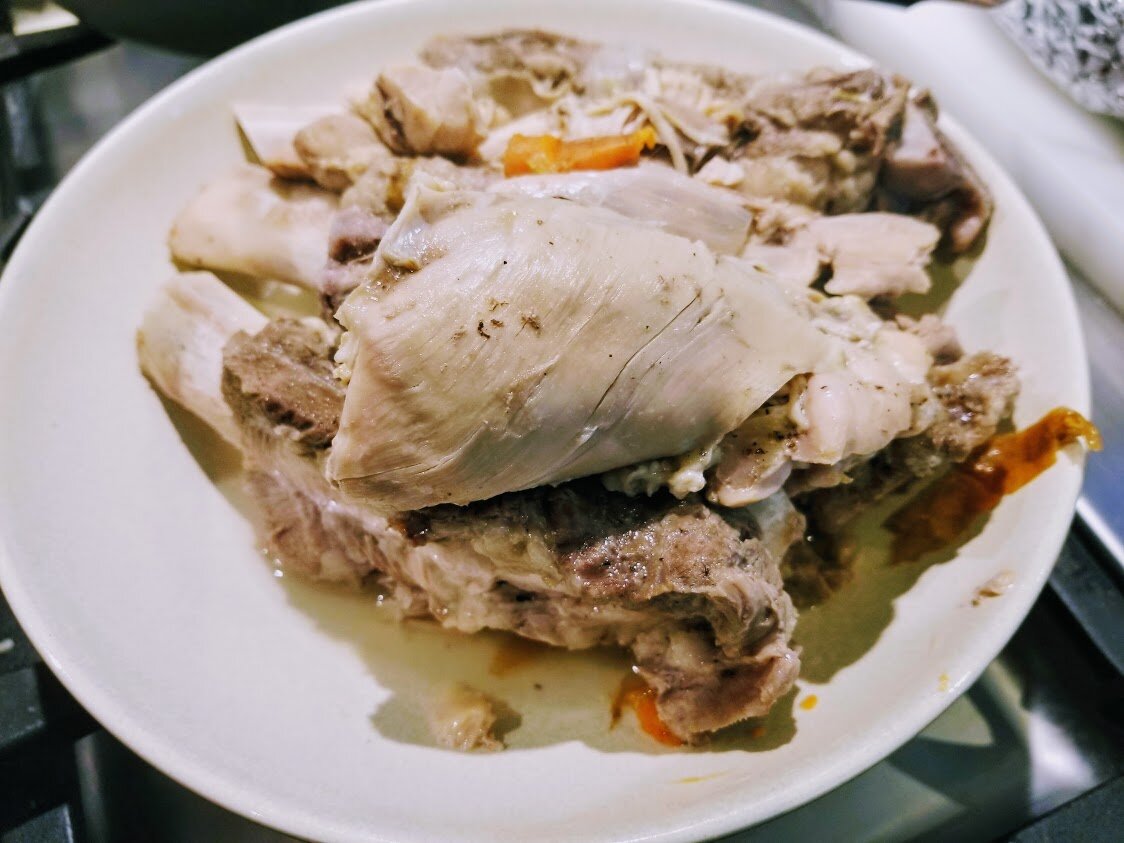The Haunted Bookshop
Halloween is almost here, even though the muggy weather on the East coast is not cooperating with creating the mood. I’m not ready to dive into the pumpkin/apple/stew/casserole recipes right now. So I’ll be treating you with a delicious breakfast dish that is a nice alternative to Eggs Benedict.
I’m fortunate to work in a library that gives me access to a lot of great old books. The Haunted Bookshop by Christopher Morley has never been on my radar, but I came across it while pulling books for a Halloween display. Published in 1919, it is a kooky kind of madcap mystery where the “ghosts” in the shop are the “ghosts of all great literature”. Roger Mifflin is the bookseller, and he is sure that humanity’s greatest medicine is reading a book. Mifflin is visited by a young advertising man, Aubrey Gilbert, who wants to persuade Mifflin to engage his services.
“Look here, you wouldn’t go to a doctor, a medical specialist, and tell him he ought to advertise in papers and magazines? A doctor is advertised by the bodies he cures. My business is advertised by the minds I stimulate. And let me tell you that the book business is different from other trades. People don’t know they want books. I can see just by looking at you that your mind is ill from want of books but you are blissfully unaware of it! People don’t go to a bookseller until some serious mental accident or disease makes them aware of their danger. Then they come here. For me to advertise would be about as useful as telling people who are perfectly well that they ought to go to the doctor. Do you know why people are reading more books now than ever before? Because the terrific catastrophe of the war has made them realize that their minds are ill.”
Aubrey Gilbert is intrigued by the shop, even as Mifflin refuses his advertising services; Mifflin’s wife is away, so he offers to share his dinner with Gilbert. Gilbert is enchanted by the cozy scene in the bookshop’s private quarters, complete with brandy, a fire, a little dog named Bocaccio, and a homey and well-used kitchen. (This book is page after page full of all the most cozy and comforting scenes a bibliophile could want.) Roger and Aubrey go on to share a meal of an Egg Samuel Butler, a recipe of Roger’s own concoction.
The dining room to which the visitor was conducted betrayed a feminine touch not visible in the smoke-dimmed quarters of the shop and cabinet. At the windows were curtains of laughing chintz and pots of pink geranium. The table, under a drop light in a flame- colored silk screen, was brightly set with silver and blue china. In a cut glass decanter sparkled ruddy brown wine. The edged tool of Advertising felt his spirits undergo an unmistakable upward pressure.
“Sit down, sir,” said Mifflin, lifting the roof of a platter, “These are eggs Samuel Butler, an invention of my own, the apotheosis of hen fruit.”
Gilbert greeted the invention with applause. An Egg Samuel Butler, for the notebook of housewives, may be summarized as a pyramid, based upon toast, whereof the chief masonries are a flake of bacon, an egg poached to firmness, a wreath of mushrooms, a cap-sheaf of red peppers; the whole dribbled with a warm pink sauce of which the inventor retains the secret. To this the bookseller chef added fried potatoes from another dish, and poured for his guest a glass of wine.
The book goes on to involve spies, a plot against Woodrow Wilson, bombs placed in the bookshop, books gone missing, and found again. It’s such an old-fashioned piece of writing. Philosophical and at the same time completely kooky; I don’t know whether to call it a mystery, a treatise on great books, or a keystone-cops farce. Literary references are peppered throughout that really keep the reader on their toes. The illustrations are so charming, and even the typeface reminded me of something out of Dickens. It’s not for everyone, but if you love books you might like this one.
Eggs Samuel Butler
Just follow the steps above and you will have a delicious meal. I didn’t have any bacon in the house so I laid a piece of ham on the buttered rye toast. I warmed the ham a bit in the pan. Then I laid a poached egg on top, surrounded it with mushrooms cooked in butter with thyme, salt and pepper, capped it off with some slivers of sauteed pepper cooked in the same pan as the mushrooms, and made a Bearnaise sauce with some tomato paste to turn it pink. You could also use Hollandaise sauce as well. (Don’t tell anyone, Reader, that I doctored up the contents of a Bearnaise sauce envelope from the grocery store.)
In order to keep the washing up to a minimum, I cooked the mushrooms and peppers in the same pan. I pushed the mushrooms over to the side away from the heat when they were done. Also, I set each finished poached egg in this warm pan to stay hot, as I waited for the others to be done.
This is a nice change from Eggs Benedict.
,,,,and please, do as Roger says!

